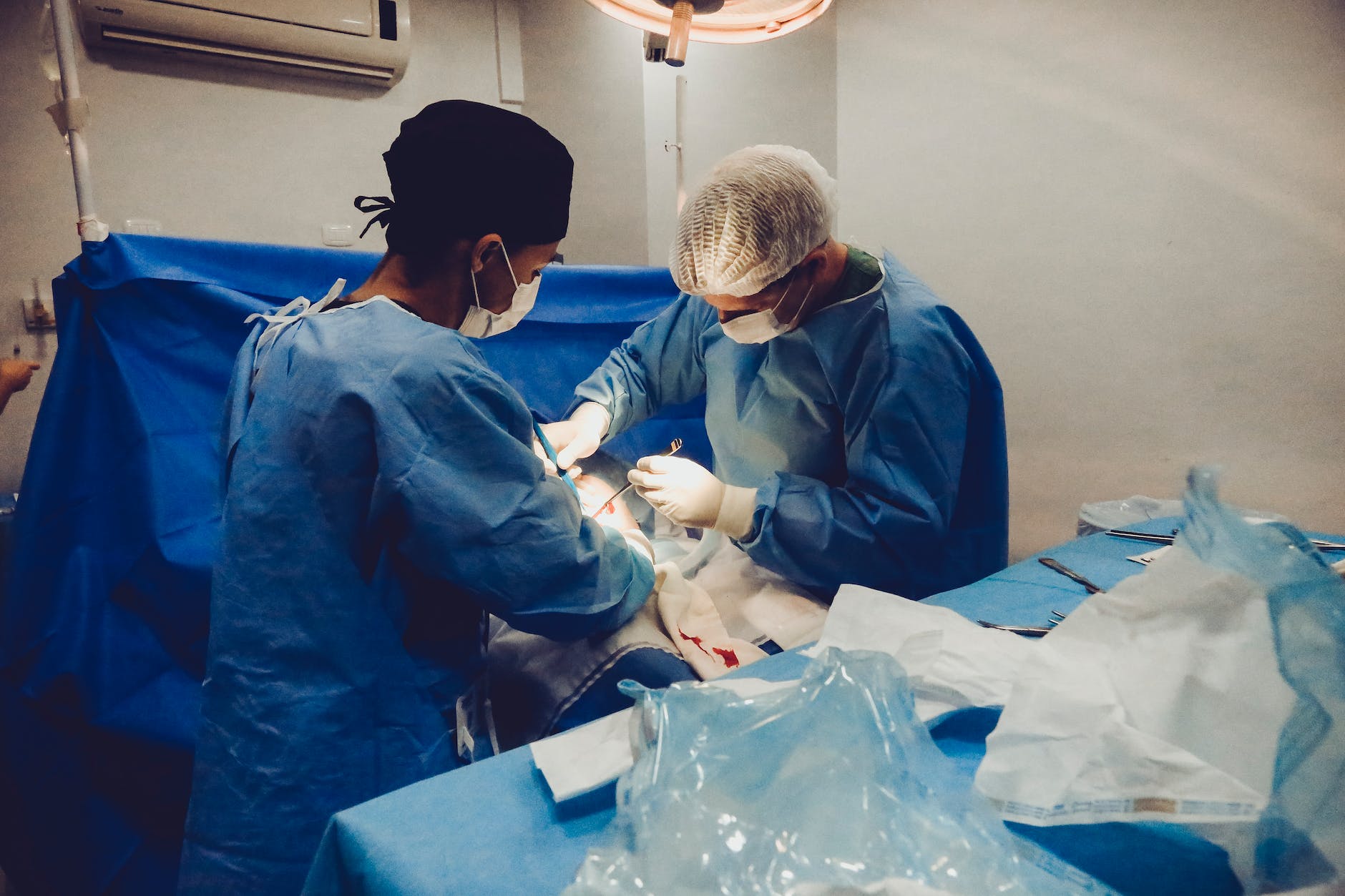
Facelift Cosmetic Surgery
Even the best creams, skin services, and injections can only do so much to slow aging. As you age, lines and wrinkles form, jowls can deepen, and the neck and jawline sag.
Choosing the right surgeon is crucial when it comes to facelift surgery. A cosmetic surgeon’s artistic sensibility and technical skills can significantly impact your surgical results.
What Is a Facelift?
Facelifts are cosmetic procedures that reduce facial wrinkles and lines. The procedure can help reduce jowls and neck fat and lift sagging facial skin.
This procedure is best for individuals who are in good health and have realistic expectations about what this surgery can achieve. Finding a surgeon with experience with this type of procedure is important.
A traditional facelift cosmetic surgery involves incisions around the ears, hairline, and chin to separate the skin from the underlying tissue and tighten muscles and ligaments. During recovery, you may experience bruising and swelling lasting two to three weeks.
What Is a Rhytidectomy?
Rhytidectomy is a cosmetic surgery that repositions facial soft tissue to reduce signs of aging. It can be performed on a patient’s neck, jawline and cheeks to give them a youthful appearance.
The procedure works by tightening the underlying muscles and redraping loose skin, which can reduce the depth of creases around the nose and mouth (jowls) and excess fat in the neck area. It can also be combined with other procedures, such as a forehead lift or eyelid surgery.
Bruising and swelling are normal following facelift surgery but should fade over time. Your cosmetic surgeon can advise when to return to work, and other activities will be safe.
What Are the Benefits of a Facelift?
Facelifts can give the jawline and neck a youthful look. It tightens the facial muscles, removes loose skin and reduces deep lines that form over time due to loss of collagen or elasticity.
Facelifts can produce results that last seven to ten years. The procedure will continue the aging process completely. The procedure will reset your aging process and give you a fresh start.
Incisions are made to make the facelift invisible. There will be no visible sign that you have had cosmetic surgery. A recent study published in the Journal of the American Medical Association found that patients who underwent a facelift were perceived to be healthier, more attractive and more successful.
What Are the Complications of a Facelift?
During a facelift, your surgeon creates an incision near the ear to separate the skin from the fat and muscle tissue beneath. This allows them to remove or suction excess fat and tighten muscles in the neck and jaw area.
While complications from facelift surgery are rare, they can include:
What Are the Costs of a Facelift?
There are a few factors that will affect the cost of your facelift. The most obvious is the type of facelift procedure you choose. Non-surgical procedures are typically less expensive than surgical ones.
Another factor is surgeon experience and skill. Plastic surgeons with much experience charge more than those who have yet to do as many procedures.
Anesthesia is also a significant cost factor. General anesthesia is more expensive than local anesthesia. Finally, there are the associated surgery costs, like prescriptions and recovery garments. A good plastic surgeon will include all these costs in the price of the facelift. They will also explain any additional charges not included in the initial quote.
For how long will the results of a facelift last?
Facelifts can improve your appearance and make you appear younger. It will not, however, stop the natural process of aging. Instead, It can give you a fresh look that lasts five to ten years.
Your surgeon’s skills and lifestyle will determine the outcome of your surgery. You should follow your surgeon’s instructions for recovery and refrain from smoking and other unhealthy habits that could affect your skin.
Swelling and bruising will peak three to four days after your procedure, and you may experience numbness or tightness. These symptoms should gradually decrease as the area heals.
What Are the Side Effects of a Facelift?
A facelift’s most common side effects are pain, swelling, and bruising immediately following surgery. Your cosmetic surgeon will fully explain these and any other risks and complications before you consent to the procedure.
Ideally, you will rest with your head in a reclining position to reduce swelling and encourage optimal healing. You may also be given medications to control your pain.
Facelifts can be used to address excess fat, jowls and sagging skin. These procedures can make you look younger, even though nothing can stop natural aging. These results can be maintained with good habits and follow-up care.
Where Can I Find A Facelift Surgeon
Online reviews can also be helpful. Finding a surgeon with whom you are comfortable is essential. Meeting with several surgeons before you make your final decision is also a great idea.
During the consultation, your surgeon will ask about your medical background and what you expect from the surgery. Be sure to mention any medication you take, particularly blood thinners.
During your search, look for cosmetic surgeons who are board-certified in plastic surgery and have extensive experience with facelift procedures. You should also ensure the surgeon performs rhytidectomy at an accredited surgical facility.






